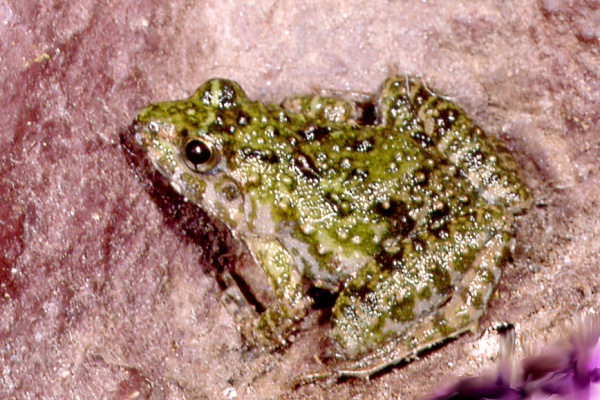Facts About Natal dwarf puddle frog
The Natal dwarf puddle frog is a small and captivating amphibian found across various parts of Africa. Belonging to the Phrynobatrachidae family, this diminutive frog inhabits a range of ecosystems, including forests, savannas, rivers, swamps, lakes, farmlands, and even urban areas.
These frogs are quite tiny, growing to just about 25-31 mm in length. They have a rounded snout and warty skin, with a greenish or brownish back and a whitish belly. During the breeding season, male frogs develop a distinctive black vocal sac with white spots, which they use to call out to potential mates.
In terms of diet, the Natal dwarf puddle frog is not selective. They consume a variety of invertebrates, including beetles, termites, bugs, flies, and spiders, with termites being a particular favorite.
Breeding occurs during the rainy season, with males calling out to attract females. Both genders gather around various wet spots to lay their eggs. The eggs hatch in about four days, and the tadpoles undergo metamorphosis in four to five weeks, transforming into little froglets ready to explore their surroundings.
Fortunately, the Natal dwarf puddle frog is listed as "Least Concern" by the IUCN, indicating that their population is stable. These frogs are highly adaptable to different environments, ensuring they continue to thrive across their extensive range.

 Mozambique
Mozambique